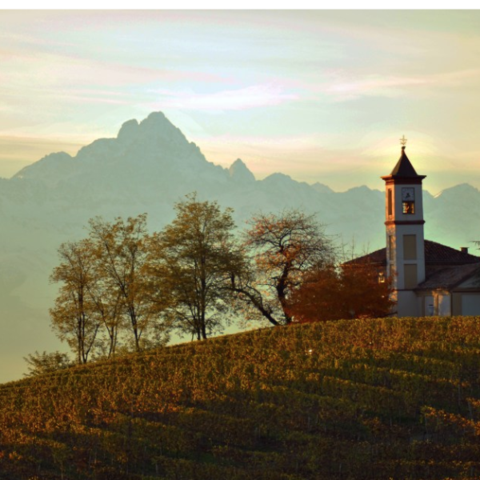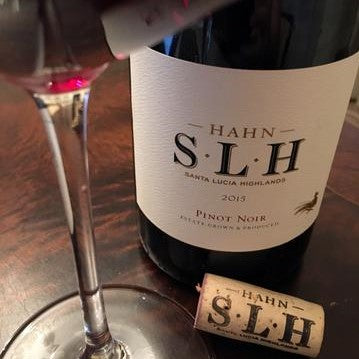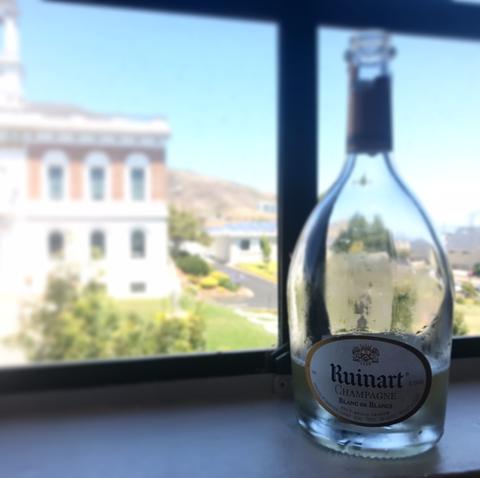Roero is a hilly zone that lies across the Tanaro River from Barbaresco. Its soils are sedimentary, predominantly well-drained marl-sandstone with varying percentages of limestone and clay. They formed when the area was flat and lay beneath an ancient inland sea, the Golfo Padano, which disappeared 130 million years ago.
The climate is Mediterranean with alpine influences. Roero sees less than 30” of rain annually which, combined with the sloping vineyards and porous soil, results in small grapes with very concentrated flavors. The growing season is somewhat short due to cold—it’s quite near the Alps. Hail and frost are risks in both Spring and Autumn. Heat during the growing season is moderated by frequent, heavy fog.
Roero DOCG specializes in white wines made from Arneis and reds from Nebbiolo. Though Each is made in both “normal" and Riserva styles and the Arneis is also used for Spumante (sparkling) wines. Though it only attained DOCG status in 2005, Roero is no newcomer to viticulture. Written records show Arneis was cultivated there by at least the 14th century.
Arneis is among the handful of native Italian varieties which were nearly extinct by the middle of the 20th century. Gradually, starting in the 1970’s, passionate producers began planting dedicated vineyards and it’s acreage rose from a scant ten to more than 10,000 today. The winemaking has also be modernized bladder presses, stainless fermenters and other techniques used to create lively, non-oxidative wines with flavor profiles that tend to include green and yellow apples, meyer lemon and, in the riper wines, hints of peach.
If you are curious about Italy’s famous wine regions, consider our many workshops on Italy. If you want to dive more deeply into the subject, try our Italian Wine programs available both in person and online.
Check out our full schedule of programs, workshops and public events. Private, customized experiences and corporate training is also available.



